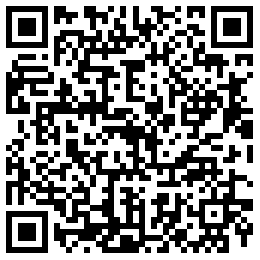| Related citation: | Zhongyu Wang,Qing Cai,Bing Wu,Yinhai Wang,Linbo Li.Cycle-by-Cycle Queue Length Estimation for Signalized Intersections Using Multi-Source Data[J].Journal of Harbin Institute Of Technology(New Series),2015,22(2):86-93.DOI:10.11916/j.issn.1005-9113.2015.02.013. |
|
| Author Name | Affiliation | | Zhongyu Wang | Key Laboratory of Road and Traffic Engineering of Ministry of Education, Tongji University, Shanghai 201804, China | | Qing Cai | Key Laboratory of Road and Traffic Engineering of Ministry of Education, Tongji University, Shanghai 201804, China | | Bing Wu | Key Laboratory of Road and Traffic Engineering of Ministry of Education, Tongji University, Shanghai 201804, China | | Yinhai Wang | Dept.of Civil and Environmental Engineering, University of Washington, Seattle WA 98195-2700, USA | | Linbo Li | Key Laboratory of Road and Traffic Engineering of Ministry of Education, Tongji University, Shanghai 201804, China |
|
| Abstract: |
| In order to estimate vehicular queue length at signalized intersections accurately and overcome the shortcomings and restrictions of existing studies especially those based on shockwave theory, a new methodology is presented for estimating vehicular queue length using data from both point detectors and probe vehicles. The methodology applies the shockwave theory to model queue evolution over time and space. Using probe vehicle locations and times as well as point detector measured traffic states, analytical formulations for calculating the maximum and minimum (residual) queue length are developed. The proposed methodology is verified using ground truth data collected from numerical experiments conducted in Shanghai, China. It is found that the methodology has a mean absolute percentage error of 17.09%, which is reasonably effective in estimating the queue length at traffic signalized intersections. Limitations of the proposed models and algorithms are also discussed in the paper. |
| Key words: queue length estimation multi-source data traffic signals traffic shockwave theory |
| DOI:10.11916/j.issn.1005-9113.2015.02.013 |
| Clc Number:U491.26 |
| Fund: |






